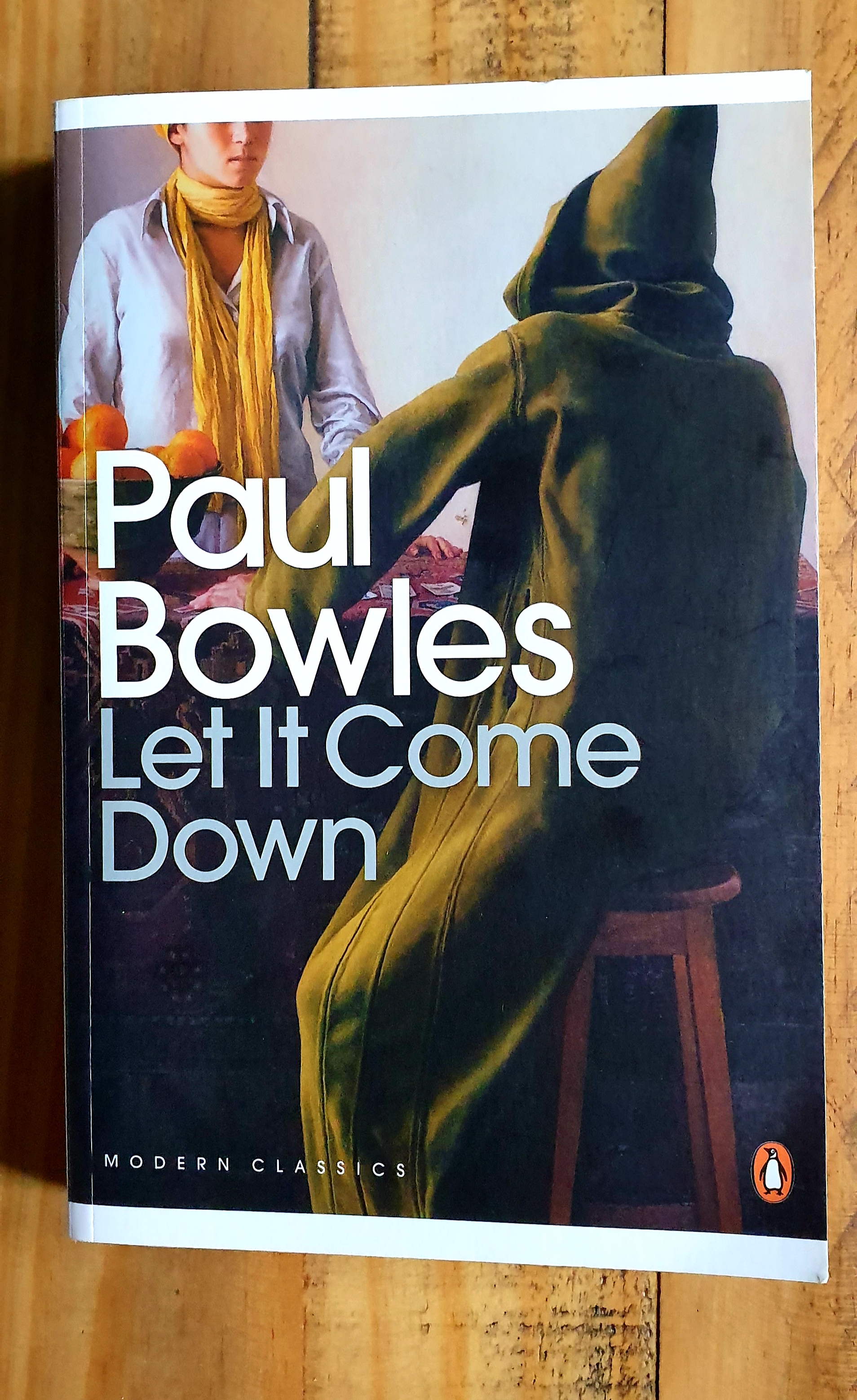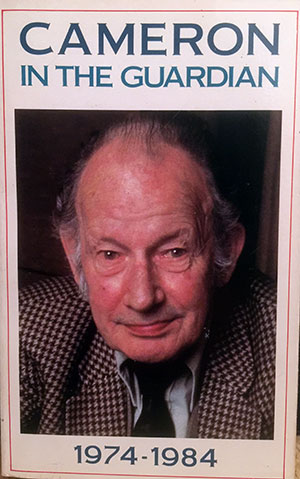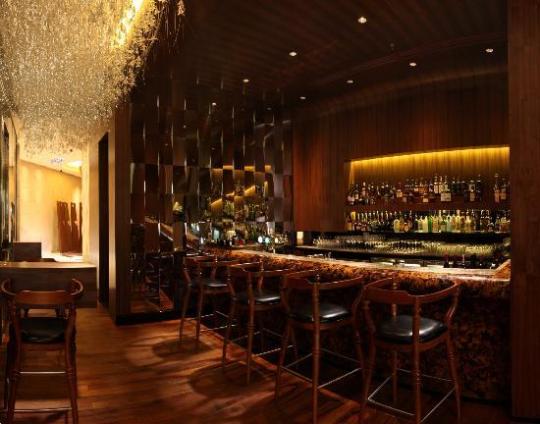Review and information about Graham Greene’s Brighton Rock….
 Brighton Rock; Graham Greene’s most famous novel and for many, his greatest. Published in 1938 and a follow-on from A Gun For Sale published in 1936, this is far more than a gangland thriller even if Greene had originally set out to write just that as a money-maker. The choice of Brighton as centre stage reflected not only Greene’s fondness for the city but also his interest in a gangland attack in 1936 by sixteen men on a bookmaker and his assistant. Reading of the case and the names of the accused gave Greene his idea and the books main character, Pinkie was no doubt inspired by James ‘Spinky’ Spinks, the leader of the gang who received five years in jail for his actions.
Brighton Rock; Graham Greene’s most famous novel and for many, his greatest. Published in 1938 and a follow-on from A Gun For Sale published in 1936, this is far more than a gangland thriller even if Greene had originally set out to write just that as a money-maker. The choice of Brighton as centre stage reflected not only Greene’s fondness for the city but also his interest in a gangland attack in 1936 by sixteen men on a bookmaker and his assistant. Reading of the case and the names of the accused gave Greene his idea and the books main character, Pinkie was no doubt inspired by James ‘Spinky’ Spinks, the leader of the gang who received five years in jail for his actions.
Greene was happy with the book, initial sales were distinctly average despite the very favourable reviews, at the time of publication he was still supplementing his income as an author with work writing book reviews and with a wife and two children to care for we can better understand his desire to write novels suited to the cinema and Hollywood in particular.
 Like A Gun For Sale, the novel grabs the attention from the beginning, Greene later said that the first fifty pages “are all that remain of the detective story” and as the story unfolds this becomes wonderfully apparent. Greene sets the scene of pre-war Brighton/Britain brilliantly and the people who visited in their drones: “With immense labour and immense patience they extricated from the long day the grain of pleasure: this sun, this music, the rattle of the miniature cars, the ghost train driving between the grinning skeletons under the Aquarium promenade, the sticks of Brighton Rock, the paper sailors’ caps”
Like A Gun For Sale, the novel grabs the attention from the beginning, Greene later said that the first fifty pages “are all that remain of the detective story” and as the story unfolds this becomes wonderfully apparent. Greene sets the scene of pre-war Brighton/Britain brilliantly and the people who visited in their drones: “With immense labour and immense patience they extricated from the long day the grain of pleasure: this sun, this music, the rattle of the miniature cars, the ghost train driving between the grinning skeletons under the Aquarium promenade, the sticks of Brighton Rock, the paper sailors’ caps”
Brighton Pier is the setting for the murder of Charles Hale, an impoverished reporter caught up in gangland troubles who knows his demise is in sight. He quickly befriends Ida, a prostitute but her company fails to offer him the protection he needs and to her horror, she later discovers he was murdered. Having gone to his funeral she decides to take revenge upon his killers and in particular, Pinkie, a young thug determined to make his name in the Brighton underworld.
 That Ida considered Hale “a real gentleman” gives the reader an idea of the scale of the social ladder Greene creates throughout the book, the dialogue between her and ‘The Ghost’ does much to reveal 1930’s Britain at the lowest rung. For this is a world of social outcasts, petty criminals, gangs and violence and, more importantly in the context of Greene’s future novels, sinners. Here we see the introduction of Catholicism into Greene’s storytelling, now the actions of the sinner are punished through the torturous trials of guilt as they seek redemption from a higher authority. Gone is the secular route to punishment, the law of the land cannot compete with the agonising religious introspection of the guilty and Pinkie is caught up in his own web of lies, deceit and Catholic betrayal.
That Ida considered Hale “a real gentleman” gives the reader an idea of the scale of the social ladder Greene creates throughout the book, the dialogue between her and ‘The Ghost’ does much to reveal 1930’s Britain at the lowest rung. For this is a world of social outcasts, petty criminals, gangs and violence and, more importantly in the context of Greene’s future novels, sinners. Here we see the introduction of Catholicism into Greene’s storytelling, now the actions of the sinner are punished through the torturous trials of guilt as they seek redemption from a higher authority. Gone is the secular route to punishment, the law of the land cannot compete with the agonising religious introspection of the guilty and Pinkie is caught up in his own web of lies, deceit and Catholic betrayal.
 Greene’s own personality is apparent throughout the book, his childhood aversions to bodily matters and absolute distaste for vulgarity in all its forms manifest themselves in the characters he creates, Pinkie is repulsed by sex and obsessed with the Roman Catholic concept of sin. Emotionless, he despises anyone and everyone he meets including Rose, the sixteen year old waitress he ‘befriends’ because she saw him with Hale. His need to keep her quiet proves his ultimate downfall but not before he is tortured by the responsibility of his sudden marriage to her and his love-hate relationship to a doting and dependant juvenile.
Greene’s own personality is apparent throughout the book, his childhood aversions to bodily matters and absolute distaste for vulgarity in all its forms manifest themselves in the characters he creates, Pinkie is repulsed by sex and obsessed with the Roman Catholic concept of sin. Emotionless, he despises anyone and everyone he meets including Rose, the sixteen year old waitress he ‘befriends’ because she saw him with Hale. His need to keep her quiet proves his ultimate downfall but not before he is tortured by the responsibility of his sudden marriage to her and his love-hate relationship to a doting and dependant juvenile.
As Ida tries to protect the young girl from the thug she knows killed Hale we see the conflict between Ida’s secular belief in morality and the couple’s view of ‘good and evil’. Now married, Rose defends her husband against Ida despite his abuse towards her which she sees as punishment from God for her sins. Here, for the first time in a Greene novel we see the dual between religious indoctrination and a loveless marriage and the suffering it creates. Greene wrote: “They lay on the chalk bank side by side with a common geography and a little hate mixed with his contempt. He thought he had made his escape, and here his home was: back beside him, making claims”
 Pinkie believes in hell, Rose believes in heaven; “It didn’t matter anyway…he wasn’t made for peace, he couldn’t believe in it. Heaven was a word: hell was something he could trust” All either of them had in common was their religion and Greene uses their conversations as a mouthpiece for his own considerations and so Brighton Rock became the first of his four truly ‘Catholic’ novels: “But you do believe, don’t you,” Rose implored him, “you think it’s true?” “Of course it’s true,” the Boy said. “What else could there be?” he went scornfully on. “Why,” he said, “it’s the only thing that fits. These atheists, they don’t know nothing. Of course there’s Hell. Flames and damnation,” he said with his eyes on the dark shifting water and the lightning and the lamps going out above the black struts of the Palace Pier, “torments.”
Pinkie believes in hell, Rose believes in heaven; “It didn’t matter anyway…he wasn’t made for peace, he couldn’t believe in it. Heaven was a word: hell was something he could trust” All either of them had in common was their religion and Greene uses their conversations as a mouthpiece for his own considerations and so Brighton Rock became the first of his four truly ‘Catholic’ novels: “But you do believe, don’t you,” Rose implored him, “you think it’s true?” “Of course it’s true,” the Boy said. “What else could there be?” he went scornfully on. “Why,” he said, “it’s the only thing that fits. These atheists, they don’t know nothing. Of course there’s Hell. Flames and damnation,” he said with his eyes on the dark shifting water and the lightning and the lamps going out above the black struts of the Palace Pier, “torments.”
“And Heaven too,” Rose said with anxiety, while the rain fell interminably on.
“Oh, maybe,” the Boy said, “maybe.”
 Greene’s distaste for the lowest societal denominators is apparent throughout, his treatment and sexualisation of Ida in particular is unsettling, it brings out the worst in Greene and the best in the common woman and we are hard-pressed not to feel sympathetic towards her. The differences between Ida and the young couple are starkly pronounced and the author’s own personal journey is reflected in their relationship. Greene had entered the Catholic church ten years before the book’s publication as a rite of passage to marrying Vivien Dayrell-Browning, herself a Catholic convert but Greene had found it difficult to shake off his previous commitment to atheism, he admitted to a fundamental disbelief in God yet he believed in hell, more so than heaven and this conflict is played out in Pinkie’s flawed character.
Greene’s distaste for the lowest societal denominators is apparent throughout, his treatment and sexualisation of Ida in particular is unsettling, it brings out the worst in Greene and the best in the common woman and we are hard-pressed not to feel sympathetic towards her. The differences between Ida and the young couple are starkly pronounced and the author’s own personal journey is reflected in their relationship. Greene had entered the Catholic church ten years before the book’s publication as a rite of passage to marrying Vivien Dayrell-Browning, herself a Catholic convert but Greene had found it difficult to shake off his previous commitment to atheism, he admitted to a fundamental disbelief in God yet he believed in hell, more so than heaven and this conflict is played out in Pinkie’s flawed character.
 As the twentieth century progressed we see Greene’s choice of venue for adolescent violence and the lure of the gang become evermore real. The gangs of the early sixties which tore through the city every bank holiday on their scooters and motorbikes became a feature of the movie remake of the book in 2010 and his vision of the rise and problems of an emerging youth subculture which became acutely apparent after the Second World War are as real and vital today as they were then.
As the twentieth century progressed we see Greene’s choice of venue for adolescent violence and the lure of the gang become evermore real. The gangs of the early sixties which tore through the city every bank holiday on their scooters and motorbikes became a feature of the movie remake of the book in 2010 and his vision of the rise and problems of an emerging youth subculture which became acutely apparent after the Second World War are as real and vital today as they were then.
Brighton Rock is a novel for anyone who wishes to better understand Greene, like Pinkie, he had little regard for most people and as a young man was keen to appear tougher than he was. In the novel Pinkie urges his wife to commit joint suicide via a bullet to the head in what can only be a reference to Greene’s own claim to playing Russian roulette during his time at Oxford. Like Pinkie, who had no intention of killing himself, Greene was unlikely to have gone through with it having once claimed the bullets might have been blanks before later retracting it some years later.
 This then, is a book of many faces, it can be read as a thriller or a tale of morality, Greene uses Ida as a tool to represent the structures of law and civil society based on secular values to administer justice and punishment, he shows what a deprived upbringing can do to someone like Pinkie who was not born evil but developed those traits and Greene’s observation of the human condition is virtually unmatched. His finest hour? Probably.
This then, is a book of many faces, it can be read as a thriller or a tale of morality, Greene uses Ida as a tool to represent the structures of law and civil society based on secular values to administer justice and punishment, he shows what a deprived upbringing can do to someone like Pinkie who was not born evil but developed those traits and Greene’s observation of the human condition is virtually unmatched. His finest hour? Probably.
Categories: Graham Greene, The Reading Room






